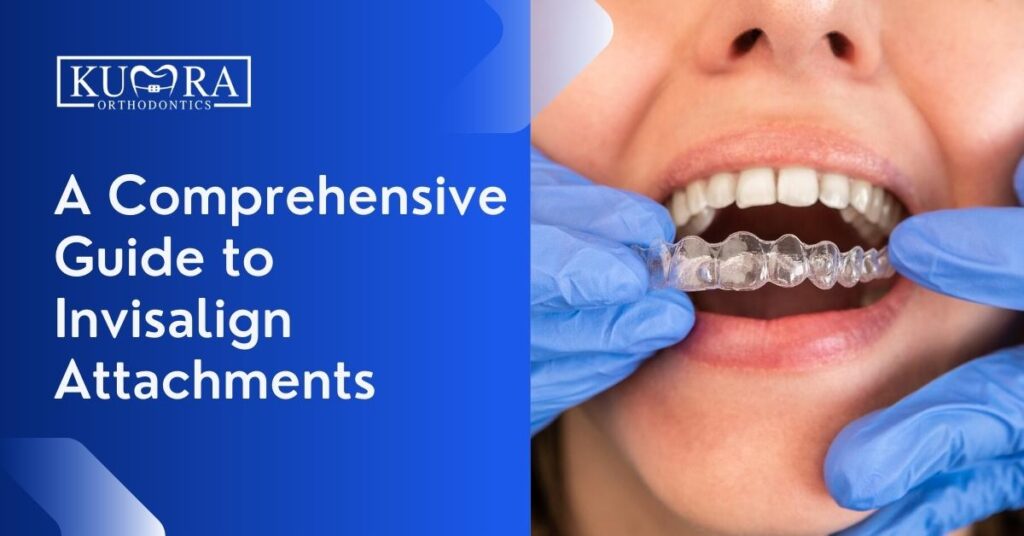The Ultimate Contrast: Invisalign vs. Traditional Braces for Grownups
Invisalign vs. Standard Braces: Which Alternative Is Right for You?
When taking into consideration orthodontic treatment, the choice in between Invisalign and conventional dental braces offers a number of vital elements that warrant careful analysis. Invisalign provides a discreet choice with detachable aligners, while typical dental braces provide a much more visible yet efficient service for serious misalignment. Each choice includes distinct advantages and downsides associated with aesthetics, comfort, therapy duration, and expense. Recognizing these nuances is critical for making a notified choice that straightens with your personal preferences and way of living. The question stays: which alternative will ideal meet your orthodontic requirements and assumptions?
Overview of Therapy Choices

In contrast, typical braces contain steel braces and wires that are bonded to the teeth. This technique uses continuous pressure gradually to attain alignment. While efficient for intricate orthodontic issues, conventional braces call for normal sees for adjustments and can position difficulties in keeping dental health as a result of the difficulty of cleaning around brackets and cables.
Both options have their values, and the choice typically pivots on details oral problems, way of living choices, and person conformity. Inevitably, speaking with an orthodontic expert is important for figuring out one of the most appropriate treatment plan tailored to individual requirements. Comprehending the nuances of each alternative can considerably influence the general success of orthodontic treatment.
Visual Factors To Consider
A substantial aspect influencing the selection between Invisalign and traditional dental braces is the aesthetic allure each treatment offers. Invisalign aligners are crafted from clear plastic, making them basically unnoticeable when put on.
On the other hand, traditional braces are composed of metal braces and cords, which can be much more recognizable. While developments in orthodontic modern technology have brought about the development of smaller braces and tinted elastics, conventional dental braces still keep a more noticeable account. For some people, the visibility of braces might hinder them from seeking needed therapy.
Eventually, the selection in between Invisalign and typical braces may rest on personal choices regarding appearances. Patients who prioritize discretion commonly favor Invisalign, while those who are much less worried regarding presence might select typical braces. Comprehending the visual implications of each option is critical for making an educated choice that straightens with one's way of living and preferences.
Convenience and Convenience

In terms of benefit, Invisalign aligners are removable, allowing clients to enjoy their preferred foods without limitation and preserve optimal oral hygiene. Brushing and flossing are simplified, as the aligners can be taken out throughout these regimens, whereas typical dental braces call for mindful maneuvering around wires and brackets.
In contrast, typical dental braces require regular changes, making them less hassle-free for those with hectic timetables. Generally, the convenience and comfort of Invisalign make it an appealing option for many people looking for orthodontic treatment.
Therapy Duration and Performance
While both Invisalign and conventional dental braces are effective in dealing with dental imbalances, the period of explanation treatment can vary significantly between the 2 options. Commonly, Invisalign treatment can take anywhere from 12 to 18 months, depending upon the intricacy of the case. The clear aligners work by slowly changing teeth into their preferred placements, and regular follow-ups with an orthodontist assistance make certain development continues to be on track.
In contrast, standard dental braces often require a longer commitment, normally varying from 18 months to 3 years. This is due to their fixed nature and using braces and cables, which can be extra effective for complicated situations and serious imbalances (Invisalign). The therapy performance of typical dental braces is well-documented, as they permit for specific adjustments and greater control over tooth movement
Ultimately, the choice between Invisalign and traditional braces might hinge on both the anticipated treatment period and the details oral concerns handy. Consulting with an orthodontist is critical, as they can provide tailored recommendations based on private requirements, ensuring the picked technique lines address up with preferred results and timeframes.
Expense Comparison and Insurance Alternatives
Price plays a considerable function in the decision-making process for people taking into consideration orthodontic therapy, whether choosing Invisalign or conventional braces. Typically, the expense of Invisalign ranges from $3,000 to $8,000, while traditional braces usually set you back between $2,000 and $6,000. Factors affecting these prices consist of the complexity of the case, the period of treatment, and geographical location.
Insurance policy protection can dramatically influence out-of-pocket expenditures. Many oral insurance strategies offer partial protection for orthodontic treatments, but the specifics can differ widely. It is critical for people to evaluate their insurance coverage to determine the level of coverage for either alternative. Normally, traditional dental braces might be more often covered by insurance coverage strategies compared to Invisalign, which some insurance providers classify as an aesthetic procedure.
Furthermore, a number of orthodontic practices supply flexible layaway plan, making both therapy choices a lot more easily accessible. People must ask about possible funding choices and discount rates for upfront payments. Assessing the complete cost, her explanation consisting of insurance coverage benefits and repayment strategies, is crucial for making a notified decision that lines up with both aesthetic choices and budget considerations.

Final Thought
In summary, the choice in between Invisalign and standard braces depends upon numerous factors, including aesthetic choices, comfort, therapy period, and expense. Invisalign offers a discreet, detachable alternative that assists in oral health and nutritional flexibility, while traditional dental braces may be preferable for complicated dental problems and frequently come with a reduced cost point. Ultimately, assessment with an orthodontist is important to evaluate specific circumstances and establish one of the most suitable therapy choice for achieving optimal dental alignment.
When taking into consideration orthodontic treatment, the selection in between Invisalign and typical braces provides numerous crucial variables that warrant cautious evaluation.Comparing Invisalign and traditional dental braces reveals distinctive treatment choices for orthodontic improvement.While both Invisalign and conventional braces are reliable in remedying oral misalignments, the duration of therapy can vary significantly in between the two options.Price plays a substantial function in the decision-making procedure for individuals considering orthodontic therapy, whether deciding for Invisalign or conventional dental braces.In summary, the selection in between Invisalign and typical dental braces hinges on several variables, including visual choices, comfort, treatment period, and expense.